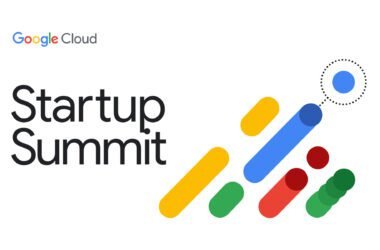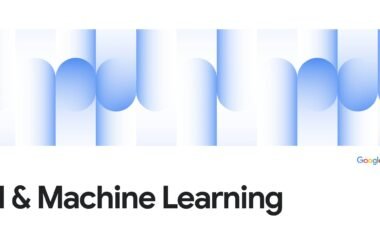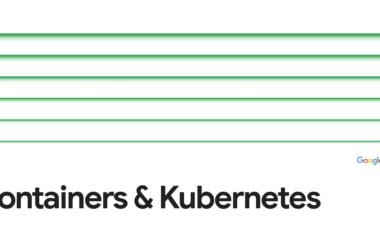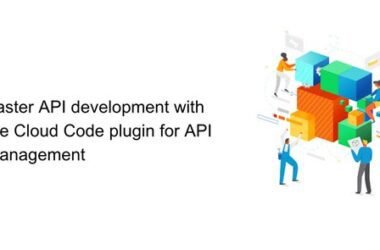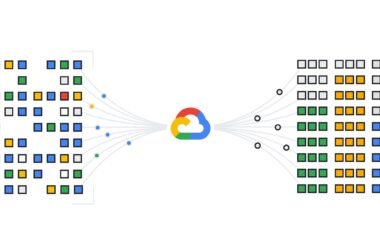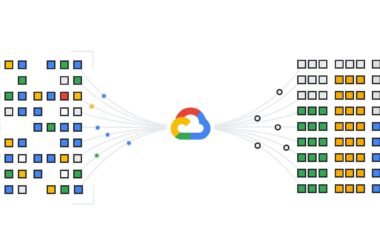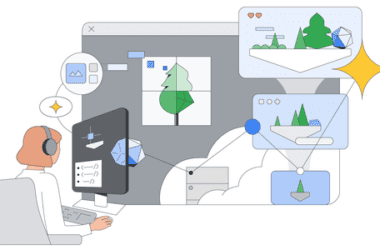In today’s data-driven world, companies need real-time insights from vast datasets to optimize supply chains, predict demand fluctuations, and improve patient outcomes. However, extracting these insights often involves complex SQL queries and intricate data pipelines. This is where the power of large language models (LLMs) and real-time data streaming converge, to enhance data analytics.
This blog explores how to harness LLMs to automate SQL query generation, streamlining data analysis workflows. We’ll delve into how to integrate LLMs with Confluent and Vertex AI to create a powerful, end-to-end solution for real-time data processing and insights. This integration can be useful for the following use cases:
-
Accelerated data exploration: LLMs can generate SQL queries based on natural language prompts, enabling users to quickly explore datasets without SQL expertise.
-
Automated report generation: By understanding data schema and business requirements, LLMs can generate complex SQL queries for report generation, saving time and reducing errors.
-
Data pipeline optimization: LLMs can analyze existing SQL queries and suggest improvements, leading to more efficient data processing pipelines.
-
Anomaly detection: By identifying patterns in historical data, LLMs can generate SQL queries to detect anomalies and outliers.
In addition, integrating LLMs with Confluent and Vertex AI helps resolve numerous challenges and problems in the data analytics space:
-
Writing complex SQL queries: Writing and optimizing complex SQL queries can be time-consuming and error-prone, requiring specialized data engineering skills.
-
Real-time Data analysis on real-time data: Traditional batch processing methods often lack the speed and agility needed for real-time decision-making.
-
Data silos: Disparate data sources and formats hinder a holistic view of business operations.
To address these challenges and maximize the benefits of LLMs, Confluent and Google Cloud Vertex AI play essential roles:
-
Automated SQL generation: LLMs on Vertex AI/Gemini translate natural language requests into efficient SQL queries, empowering business users to access data without specialized skills.
-
Real-time data streaming: Confluent facilitates continuous data ingestion, processing, and delivery, ensuring that insights are readily available for immediate action.
-
Unified data platform: Integrating Confluent with Google Cloud services like BigQuery (or Cloud SQL) creates a centralized data platform, breaking down data silos and providing a comprehensive view.
By combining these technologies, organizations can create robust and scalable solutions for automating SQL query generation.
In the next section, we’ll dive deeper into the technical implementation and explore how to integrate these technologies.
Solution details
In the following demo, we take a look at COVID data and utilize Google’s Speech-to-Text to convert spoken queries into text, setting the stage for a sophisticated data processing workflow. Confluent Cloud’s FlinkAI is specifically utilized to manage calls to Google’s remote inference engine, Gemini, providing efficient and timely processing of SQL queries that were generated from user inputs. This integration within Confluent’s microservices architecture, facilitated by Apache Kafka for real-time data streaming, delivers highly integrated communication and data flow between services. Then, once the data has been retrieved and processed, Gemini summarizes the findings into clear, insightful summaries that are then converted back into natural-sounding speech using Google’s text-to-speech. This robust system, combining Google’s AI capabilities with the specialized function of FlinkAI within Confluent Cloud, is a streamlined approach to delivering fast, accurate, and accessible data-driven insights through intuitive voice commands. This solution not only demonstrates the power of voice and AI integration but also opens up new possibilities for making data-driven insights more accessible to everyone.
How it works:
-
Voice input: Users interact with a user-friendly voice-enabled interface, articulating their data queries in natural language, such as requesting, “Give me all COVID-19 cases in France in 2021.”
-
Speech-to-text: Google Speech-to-Text service converts the spoken input into text.
-
SQL query formation: The text is processed by Gemini to generate an SQL query.
-
Query execution: The SQL query is executed to fetch the relevant data.
-
Data summarization: Gemini then summarizes the retrieved data into a concise format.
-
Text-to-speech: A text-to-speech service converts the summarized text back into natural-sounding speech, which is delivered to the user.
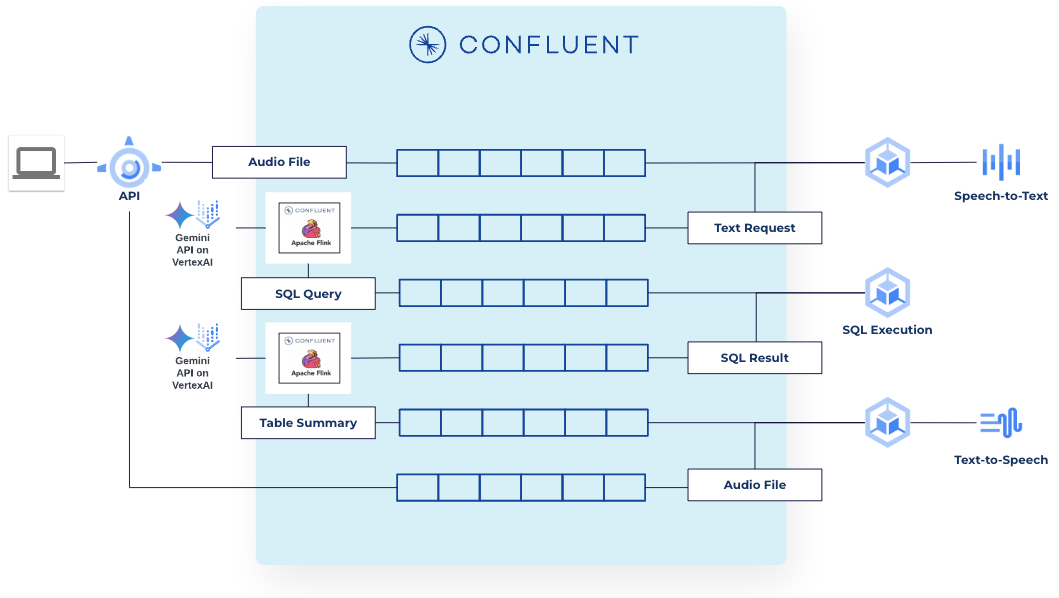

The diagram above shows the overall flow from the user – in natural language – to the AI models and back to the user.
The solution implements the following features:
-
Natural language interface: Users can interact with data using simple, intuitive language, eliminating the need for SQL expertise.
-
Automated query optimization: Using Gemini, Vertex AI leverages its knowledge of data structures and query patterns to generate efficient queries, optimizing performance.
-
Real-time data pipelines: Confluent’s streaming capabilities provide insights with minimal latency, enabling proactive decision-making.
-
Scalability and security: The solution leverages the scalability and security of Google Cloud, ensuring data integrity and compliance (with healthcare regulations).
Let’s take a deeper look at the various components.
1. Speech to Text
The initial phase of our interactive data processing system begins with converting speech to text. Utilizing a KStream application, the solution handles audio inputs where each audio file is processed to extract textual queries. This process involves the AudioProcessor class which, upon receiving an audio file, leverages Google’s Speech-to-Text API to perform accurate and fast speech recognition. Once the audio is processed, the resulting text is encapsulated as an SQLRequest, which contains both the query and session information. This SQLRequest is then forwarded to another topic within our streaming architecture, setting the stage for subsequent SQL generation and data retrieval steps. This transition from audio to text helps ensure that user queries are quickly and accurately converted into actionable database queries, ready for deeper analysis and response generation.
Sample code to convert audio file to text
2. Human query to SQL
A standout feature of our demo is the sqlgenerator model, which turns spoken queries into precise SQL commands. This model’s capability hinges on its sophisticated prompt system, designed to handle complex natural language inputs. The prompt details the database schema, guiding the AI to generate SQL queries that are accurate and contextually aware. For example, when a user asks for the total number of COVID-19 tests and first-dose vaccinations for each country in the latest week, the model constructs a query based on an intricate understanding of database structures and relationships, as described in the prompt. This involves parsing and translating diverse data types and table relationships into a cohesive SQL command. Additionally, it outputs a comprehensive JSON description that elucidates the query’s purpose and the data schema it impacts. This intricate prompt design underscores our innovative approach, enabling complex database queries through straightforward voice commands.
FlinkAI SQL query to invoke Google Vertex AI/Gemini to convert human query to SQL.
JSON result after execution of the remote inference that converts a human query to SQL
3. Query execution
Following the generation of the SQL query by the sqlgenerator model, the subsequent step is its execution, which retrieves the desired data from the databases. Once the data is obtained, the system formats the results into a markdown table. This structuring is crucial as it prepares the data for further processing, tailoring it for readability and further analysis. The formatted table is then processed by another call to the Gemini inference engine, which creates a concise, human-readable summary that can be presented verbally.
JSON result after the execution of the generated SQL query.
4. Table summarization
Building upon the data retrieved and organized into a markdown table, the system calls the “sqlsummary” model, powered by FlinkAI. This model is tasked with generating an easily understandable summary of the table’s data, tailored for audio delivery. It uses a sophisticated prompt mechanism, crucial for directing the AI’s text-generation capabilities. The prompt specifies that the summary should not only recite the data but also provide a coherent narrative about its context, trends, and significant points such as highs and lows.
FlinkAI SQL query to invoke Google Vertex AI/Gemini, which summarizes the JSON result into text suitable for audio.
Result of the summarization.
5. Text-to-speech
The final stage in the data processing pipeline is the text-to-speech conversion, where the summarized text generated by the system is transformed into audible speech. This is accomplished using a KStream application, which takes the prepared text summaries and processes them through a text-to-speech service. This service is configured to deliver high-quality audio output that captures the essence of the data in a clear and engaging manner. The application helps ensure that the speech output is free of any formatting remnants from the text summary, for a clean and professional listening experience. Once the conversion is complete, the audio is then pushed to another topic within the system, to make it accessible for further use.
Sample code to convert text to audio file
Outcomes and benefits
By leveraging LLMs with Confluent and Vertex AI, organizations unlock the full potential of their data and gain a competitive advantage, achieving:
-
Increased data accessibility: Empowering non-technical users to explore data through natural language
-
Improved data analysis efficiency: Automating routine SQL tasks, freeing up analyst time for higher-value activities
-
Enhanced data quality: Identifying and correcting errors in SQL queries through LLM analysis
-
Faster time-to-insights: Accelerating data exploration and analysis processes
-
Cost reduction: Optimizing query performance and reducing reliance on SQL experts
Confluent and Google Cloud: A powerful combination for AI-driven data
Together, Confluent and Google Cloud partner to help organizations harness the full potential of their data. By combining Confluent’s real-time data-streaming capabilities with Google Cloud’s robust infrastructure and AI services, including Vertex AI, businesses can create innovative solutions that drive growth and efficiency.
Key benefits of this collaboration for automating SQL query generation with LLMs include:
-
Real-time data foundation: Confluent ensures LLMs have access to the freshest data for accurate and relevant query generation.
-
Scalable AI infrastructure: Vertex AI provides the ideal platform for deploying and managing LLMs.
-
Data integration and enrichment: Confluent’s connectors and data processing capabilities enable seamless integration of diverse data sources.
-
Accelerated time-to-insights: By automating SQL query generation, businesses can expedite data exploration and analysis.
-
Improved decision making: Real-time insights derived from automated queries inform better business decisions.
Through this powerful combination, organizations can break down data silos, optimize data pipelines, and unlock the true value of their data assets.
Ready to unlock the full potential of your data?
Contact us to learn how Confluent and Google Cloud can help you build intelligent, data-driven applications. Begin experimenting with Vertex AI and Confluent Cloud on the Google Cloud Marketplace today!
*FlinkAI is currently in public preview as of this writing.


